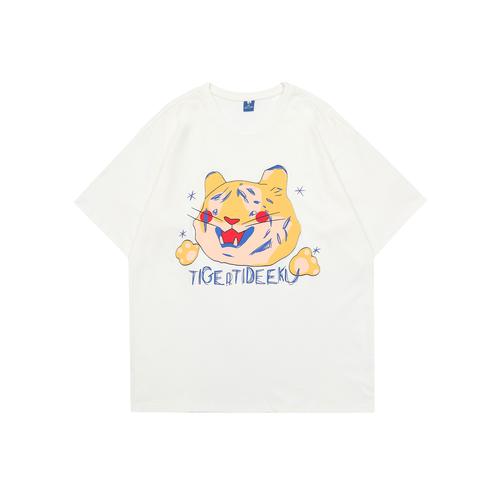Garment welting technology is a technical method used to process the edges of clothing, mainly aimed at improving the appearance and quality of clothing. The following are some common garment welting techniques:
1. Sewing edge processing: This is the most common garment edge processing technique. By using a sewing machine, fold and sew the edges of the fabric to prevent the fabric from unraveling or bunching. This technology can be applied to a variety of fabric types and garment styles.
2. Cuffs, hem and collar binding: These areas often require additional welting processing to strengthen the structure and appearance. The edges are usually bound using webbing or separate strips, which can be secured by sewing or hot adhesive.
3. Piping treatment: Piping is a common edge treatment method for clothing, suitable for light and thin fabrics. Make it look flat and curved by rolling the edges inward and sewing. This treatment also improves the comfort and durability of the garment.
4. Finishing the edges: During the garment production process, it is very important to clean the edges of the fabric. This includes removing excess threads, trimming uneven edges, and ensuring the edges of the fabric are clean for subsequent welting.
5. Heat-pressed hemming: Hot-pressed hemming is a common fabric edge treatment method, suitable for thin fabrics and highly elastic fabrics. By applying heat and pressure to the edges of the fabric, it melts and creates a flat edge, eliminating lint and stitches that can occur during sewing.
6. Tape welting: Sometimes, in order to increase the beauty and structure of the clothing, tapes are used to welt the edges of the clothing. This secures the strap to the edge with sewing or hot adhesive, while providing extra support and decorative effect.
The above are some common clothing welting techniques, which can effectively improve the appearance and quality of clothing, making clothing more beautiful, durable and comfortable. During the clothing production process, according to different fabric types, style designs and brand requirements, appropriate welt processing technology can be selected to meet needs.





